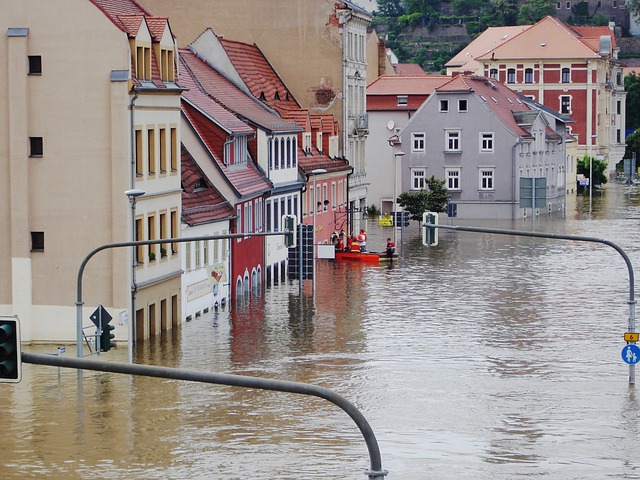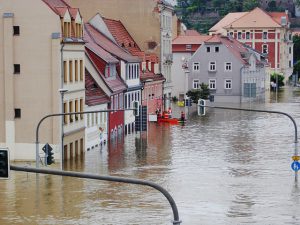- April 11, 2020
- Posted by: David Marshall
- Category: Business, Management

As we’re rolling into the coronavirus shutdown, and companies are working from home, or even furloughing workers until we can all go back to work, many companies are thinking about, dusting off, or even writing their contingency plan and disaster recovery plan.
A disaster recovery plan is the (very large) document that tells you what you have to do in order to recover from any kind of disaster, whether it’s severe weather or natural disaster, a fire or structural damage, manmade disasters, or even a global pandemic.
But a contingency plan talks about how you’ll operate during a major event or disruption.
For example, suppose many employees of a company are traveling together on an aircraft which crashes, killing all aboard. The company could be severely strained or even ruined by such a loss. Accordingly, many companies have procedures to follow in the event of such a disaster. The plan may also include standing policies to mitigate a disaster’s potential impact, such as requiring employees to travel separately or limiting the number of employees on any one aircraft.
 The best way to write your contingency plan is to think through the worst case scenario, such as a coronavirus outbreak, and then ask yourself how you would work despite the outbreak, work around the outbreak, or whether you should even shut your business down.
The best way to write your contingency plan is to think through the worst case scenario, such as a coronavirus outbreak, and then ask yourself how you would work despite the outbreak, work around the outbreak, or whether you should even shut your business down.
You might start requiring hand sanitizers at every station and masks for every worker, which means you should have started stocking up on hand sanitizer and face masks way before the pandemic. You could also take everyone’s temperature when they come in each morning and go home each evening, which means using heat sensing guns and heat sensing photography. That means getting the necessary equipment and learning how to do it.
In the early days of a pandemic, you would want to build phases into your contingency plan, such as implementing work from home processes for non-essential staff and then essential staff, scaling back your production and creating additional shifts with fewer workers in each of them.
Cross-training is important in a contingency plan, because you may have to make half your people stay home, or you may just lose half your workforce anyway. If you have enough people who know how to do other jobs, you can have them step up and fill those roles. You can continue production at a slower pace with fewer people, but you’re still operational, and you’ve reduced the risk of people getting sick.
Finally, in the instance of any kind of disaster, regardless of what it is, the first thing a business should do is be humane.
In the final analysis, your business ends up being about your people. And how humane you can be is a function of your forward planning, including your cash flow and cash on hand. In other words, if you’re highly leveraged and you don’t have cash, you can’t afford to be that humane. You may also not recover if you have to shut down, or you force people to work, and it gets you a lot of bad publicity. But if you manage your business to where you have an acceptable level of cash on hand at any point in time, then you can afford to be more humane. So your contingency plan also needs to include plans on how you’ll continue to pay workers, cover their insurance, and even make allowances for sick leave and grieving the loss of a loved one.
Creating a contingency plan means you have to talk to people in each department and ask for their contributions. Talk to every level, don’t leave it only to the managers to do. Just like I had our company’s safety policies created by our associates and not the managers, your contingency plan needs to be created by the people affected by it. They’re doing the actual work you need to plan for, and they can tell you the best ways to continue to work, work from home, or plan ahead in a crisis.
I’ve been a manufacturing executive, as well as a sales and marketing professional, for a few decades. Now I help companies turn around their own business. If you would like more information, please visit my website and connect with me on Twitter, Facebook, or LinkedIn.
Photo credit: LucyKaef (Pixabay.com, Creative Commons 0)

